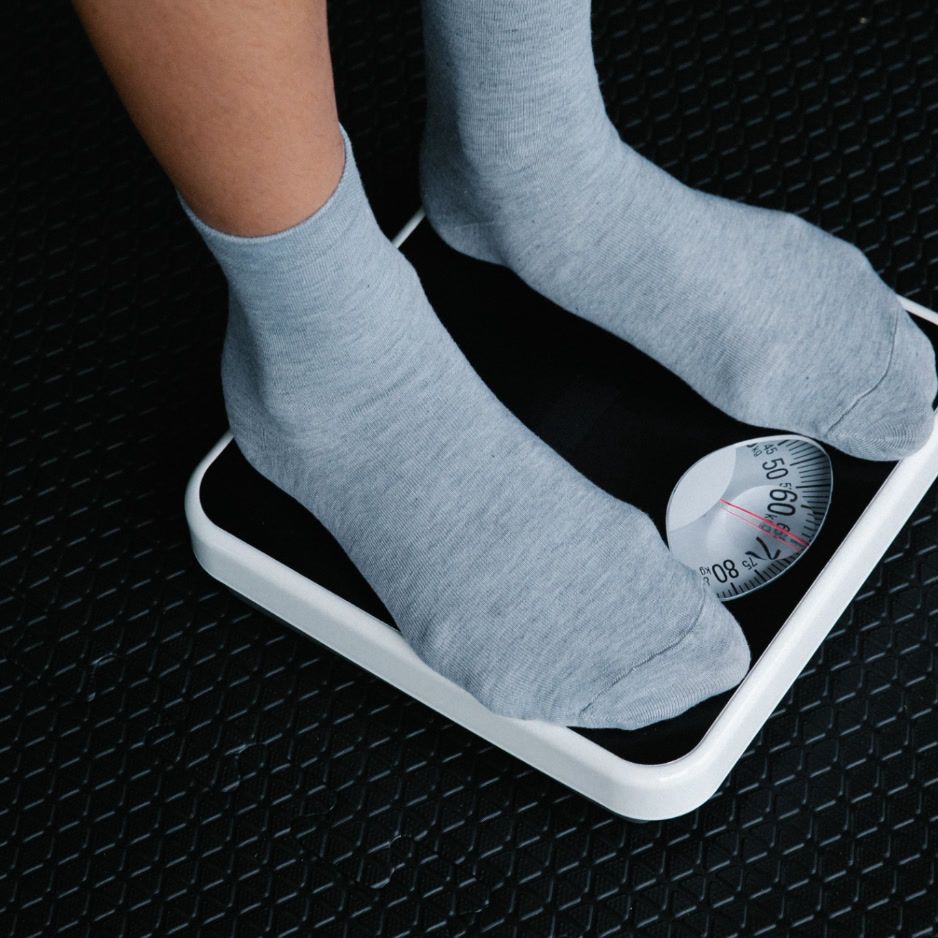Why Am I Not Losing Weight on Ozempic?
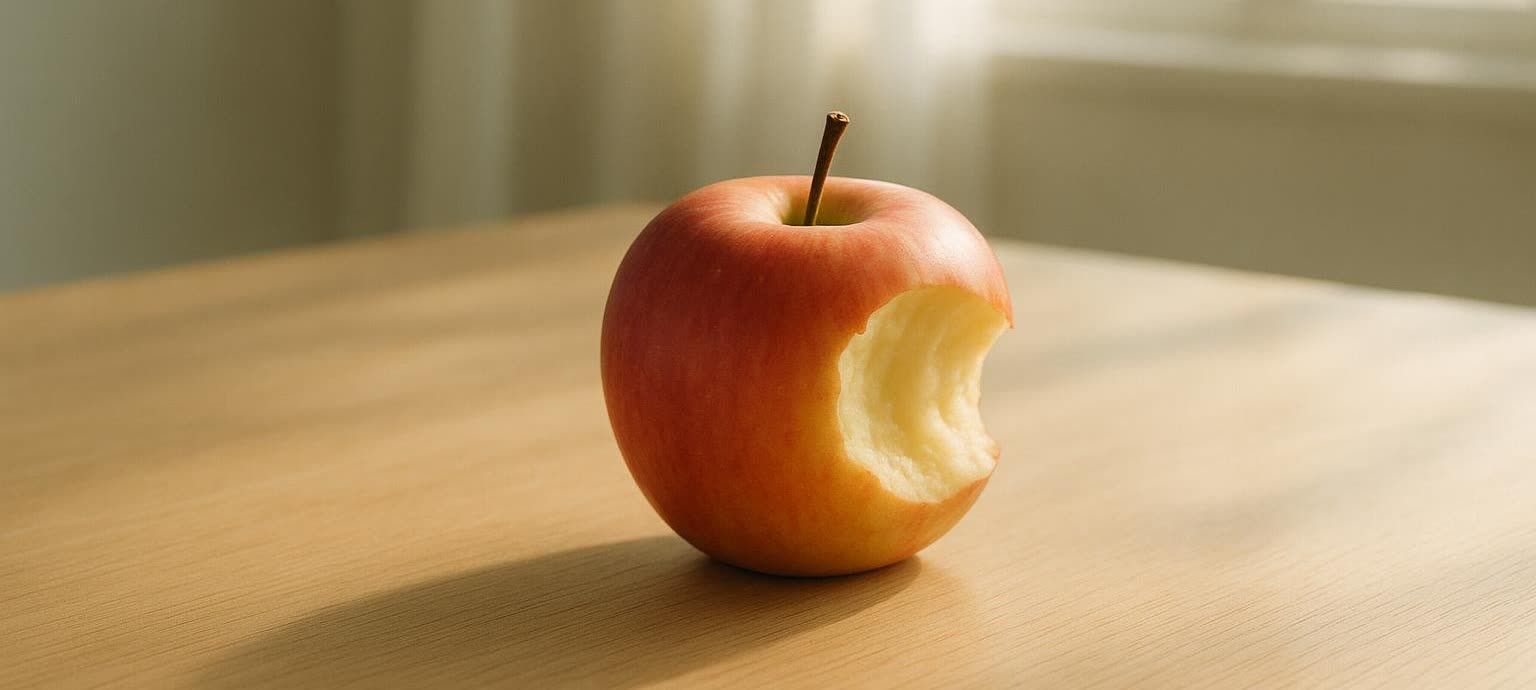
Why Am I Not Losing Weight on Ozempic? 10 Science-Backed Reasons—and Proven Fixes
Medical Disclaimer: This content is for educational purposes only and is not a substitute for professional medical advice, diagnosis, or treatment. Always consult your physician or other qualified health provider with any questions you may have regarding a medical condition or medication changes.
Ozempic (semaglutide) has delivered double-digit weight-loss percentages in landmark STEP trials—but real-world progress can feel far slower. If you’re asking “why am I not losing weight on Ozempic?”, this guide breaks down the most common roadblocks, the science behind each one, and offers actionable strategies to help you get back on track.
In this article:
- How Ozempic Drives Weight Loss
- 10 Reasons Your Weight Loss Has Stalled
- Troubleshooting Cheatsheets
- FAQs
- Key Takeaways
How Ozempic Works
Ozempic is a once-weekly GLP-1 receptor agonist. By mimicking the gut hormone GLP-1, it improves glycemic control and reduces appetite:
- Slows gastric emptying so food stays in your stomach longer.
- Blunts appetite signals in the brain’s hypothalamus.
- Boosts insulin secretion and curbs glucagon, taming blood-sugar swings.
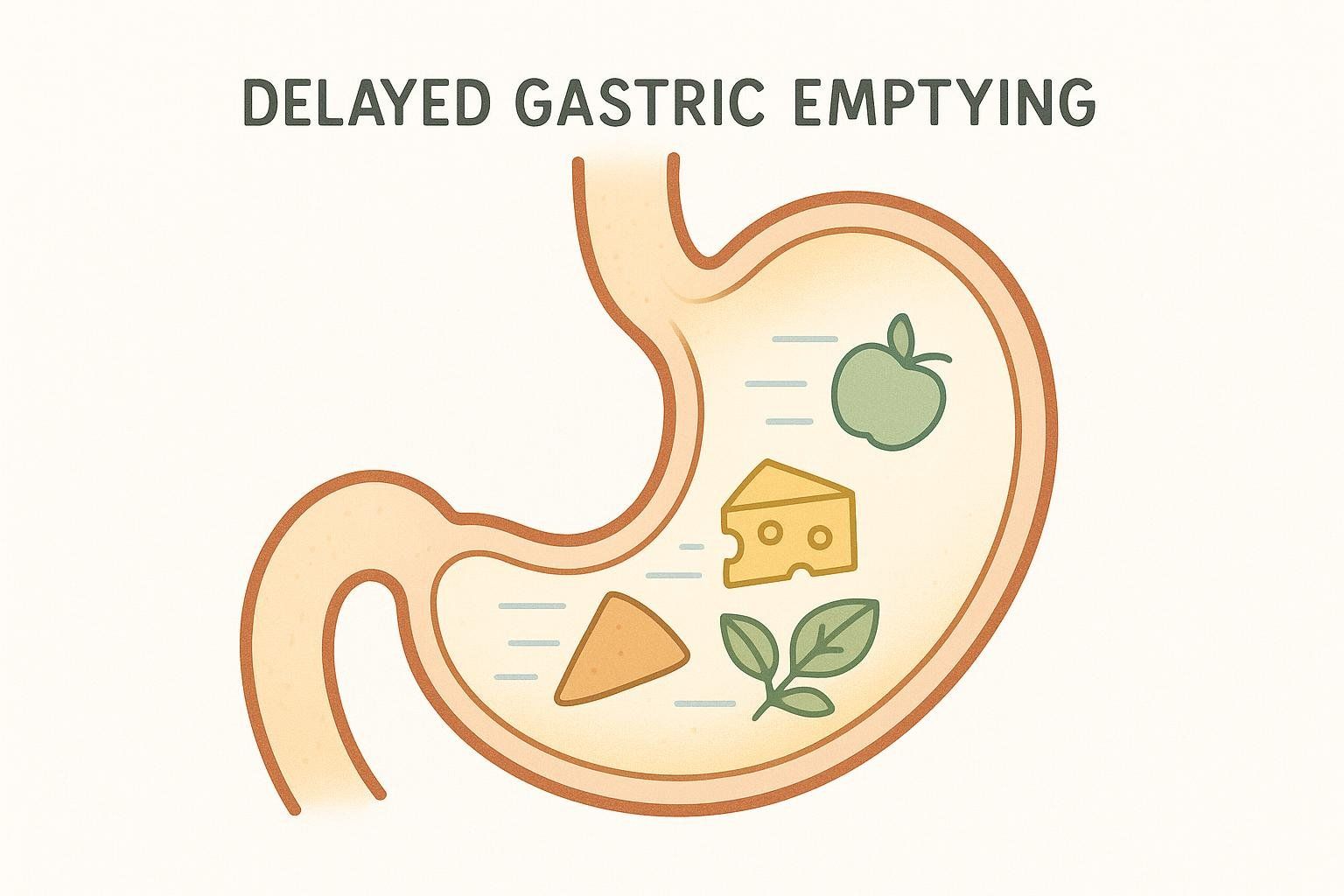
A laboratory meal study found semaglutide cut ad libitum energy intake by ≈ 24–35 % after 12 weeks (Blundell 2017). This substantial per-meal reduction helps explain the 14–15 % average weight-loss seen at 68 weeks in the STEP trials.
Yet even in the pivotal STEP-1 study, ≈ 14 % of participants on semaglutide lost < 5 % of their starting weight by week 68 (Wilding 2021). Plateaus happen—even on a potent GLP-1.
10 Reasons You’re Not Losing Weight on Ozempic
1. Starting Dose Is Too Low—or Titration Paused Early
Symptom: You’re on 0.25 mg or 0.5 mg for > 8 weeks.
Science: The FDA prescribing information notes appetite-suppressing effects generally become clinically meaningful at ≥ 1.0 mg weekly (Ozempic Prescribing Information).
Fix: Ask your prescriber about advancing to 1.0 mg, then 2.0 mg, unless side effects are severe. See titration details in our Mastering Ozempic Dosing guide.
2. Inconsistent Injection Timing & Missed Doses
Symptom: You sometimes inject late—or skip entirely when traveling.
Science: Semaglutide’s seven-day half-life means blood levels dip if you stretch the dosing interval.
Fix: Choose a consistent designated injection time (e.g., every Monday morning) and set phone reminders.
• Missed-dose rule (per FDA label): If your scheduled dose is ≤ 5 days late, inject it as soon as possible and keep your regular weekly schedule. If > 5 days have passed, skip the missed dose and take your next injection on the usual day.
3. Liquid & “Slider” Calories Sneak Back In
Symptom: Coffee creamers, smoothies, wine, or grazing wipe out your deficit.
Science: A grande frappuccino plus two glasses of wine ≈ 550 kcal—enough to cancel out the per-meal caloric reduction Ozempic promotes; studies such as Blundell 2017 showed participants ate ≈ 30 % fewer calories at a test meal when on semaglutide.

Fix: Track everything for one week in MyFitnessPal. Swap caloric drinks for zero-cal alternatives and bulk meals with high-fiber veggies. For macro help, see The Ultimate Carb Calculator.
4. Too Little Protein → Lean-Mass Loss → Lower RMR
Symptom: You’re hitting the scale but not the protein target.
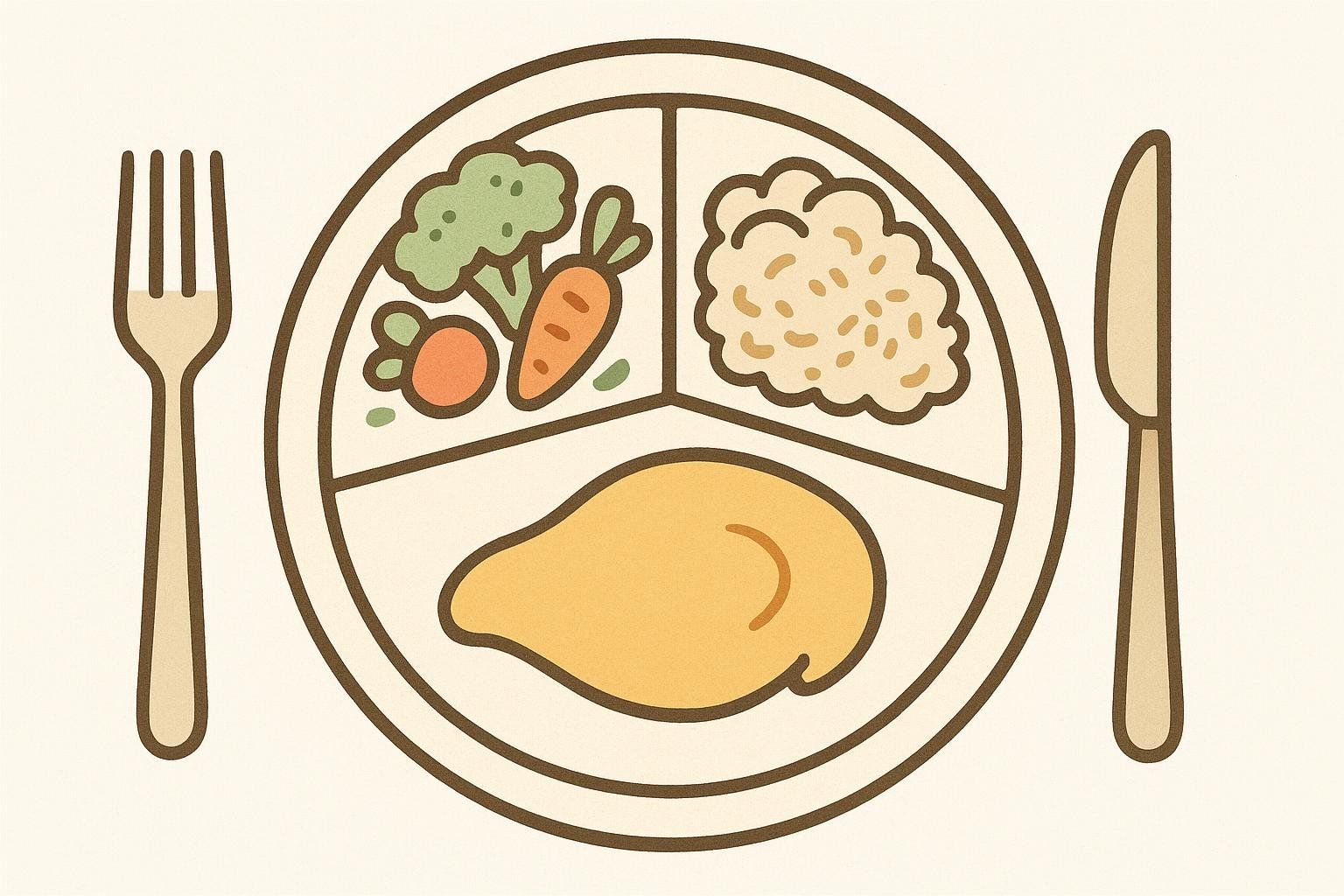
Science: Up to 40 % of weight lost on semaglutide can be lean tissue if protein intake < 1.2 g/kg (Buckley 2022). Lean-mass decline drops resting metabolic rate by ≈ 10–25 kcal per lost pound.
Fix: Aim for 1.6–2.0 g protein/kg body weight plus twice-weekly resistance training. Deep-dive: Ozempic Muscle Loss: How to Prevent Lean Mass Reduction.
5. Metabolic Adaptation & NEAT Decline
Symptom: Step count or fidgeting has nosedived since starting Ozempic.
Science: Smaller bodies require fewer calories, and the brain subconsciously cuts non-exercise activity thermogenesis (NEAT) during deficits (Harvard Health 2022).
Fix: Shoot for 8 000–10 000 steps/day and schedule a weekly “movement audit.” If energy is low, add a maintenance-calorie “refeed” day, then reassess. Related read: Metabolic Adaptation: Why Your Weight Loss May Plateau.
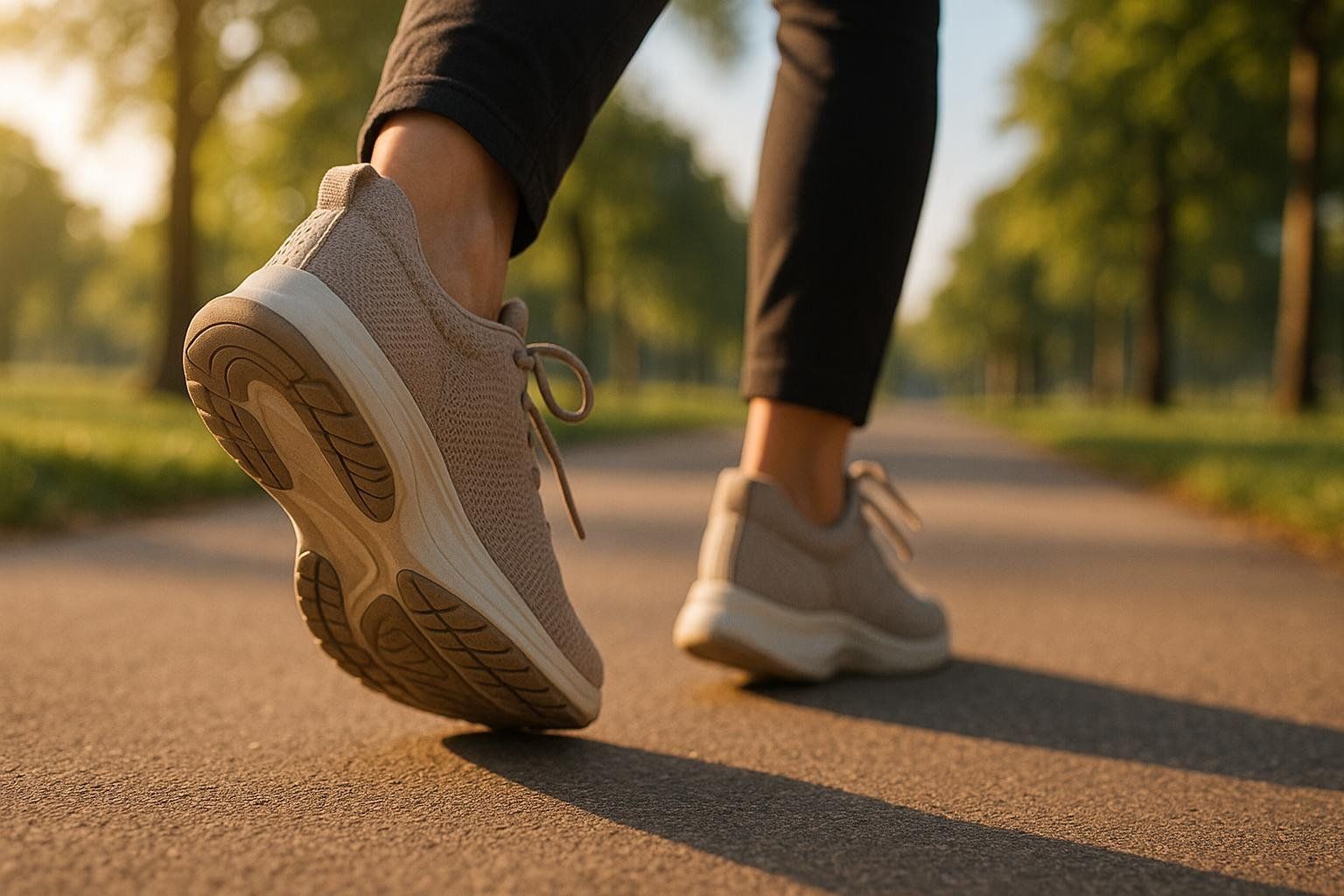
6. No Strength Training
Symptom: Cardio-only routines—or no workouts at all.

Science: A 12-week RCT found resistance exercise preserved ≈ 93 % more lean mass during semaglutide-induced weight loss vs. diet alone (Ramos 2024).
Fix: Two full-body sessions/week (squats, rows, presses) at 8–12 reps × 3 sets. New lifter? See Strength Training for Beginners.
7. Chronic Stress & Poor Sleep Spiking Cortisol
Symptom: < 6 h sleep; high work or caregiving stress.
Science: Cortisol slows gastric emptying and increases visceral-fat storage (Harvard Health 2021).
Fix: 7–9 h nightly, wind-down routine, and a 10-minute breath-work session. Browse our Stress and Weight Gain explainer.

8. Medications or Conditions Working Against You
Symptom: You take beta-blockers, steroids, or have PCOS/hypothyroidism.
Science: Traditional beta-blockers are linked to worse insulin sensitivity and modest weight gain (Hossain 2021). PCOS often requires higher GLP-1 doses or adjunct metformin to achieve similar weight loss (Li 2023).
Fix: Review medications with your provider. Discuss strategies—such as optimizing thyroid function to a clinician-determined therapeutic range or managing PCOS with options like metformin or inositol—aligned with Endocrine Society clinical practice guidelines.
9. GI Side-Effects → Nutrient Gaps & Muscle Catabolism
Symptom: Nausea or reflux causes meal-skipping.
Science: Prolonged under-eating drives the body to cannibalize muscle for gluconeogenesis.
Fix:
• Split protein into 5–6 mini-meals.
• Use low-fat, low-fiber foods on high-nausea days (e.g., Greek yogurt, bone broth).
• Consider an OTC anti-emetic after provider approval. Ginger supplementation can reduce nausea episodes (Zhang 2023).
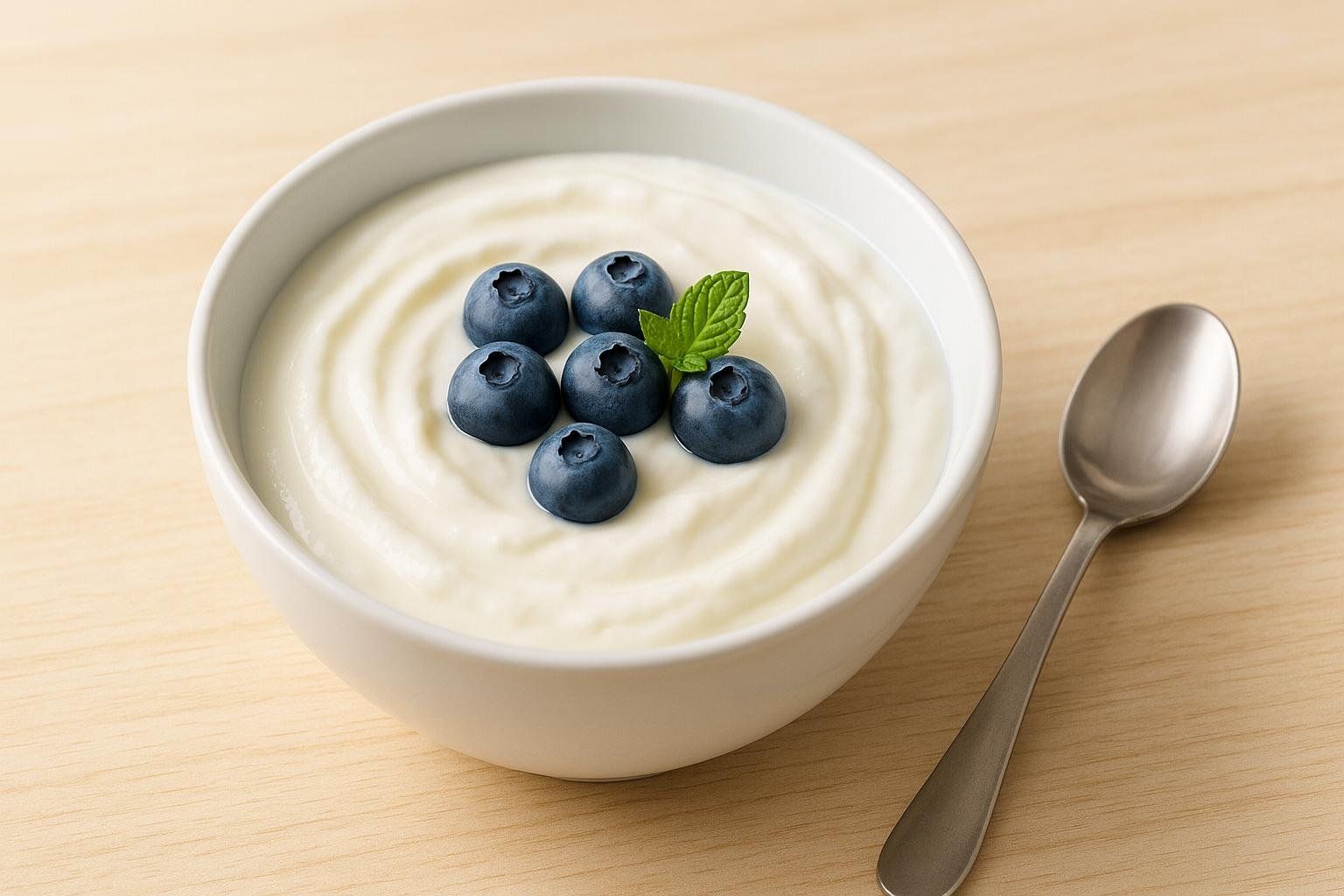
10. Unrealistic Timelines: Early Plateau ≠ Failure
Symptom: Expecting rapid 15 % weight loss in 12 weeks, potentially influenced by anecdotal claims on social media.

Science: STEP-1 participants reached only −4 % by week 12; most weight loss occurred between weeks 20–40.
Fix: Align expectations: aim for 0.5–1 % body-weight loss/week. Track body composition with periodic DEXA scans so you see fat mass—not just scale weight—decline.
Important Note: Get a baseline scan now, then every 8–12 weeks. Learn more in DEXA Body Scan: Complete Guide.
One-Page Troubleshooting Cheatsheets
A. Glucose Control & Weight-Loss Checklist (Type 2 Diabetes)
| Task | Target | Why It Matters |
|---|---|---|
| Inject Ozempic | Same day/time weekly | Stable GLP-1 blood level |
| Pre-meal glucose | 80–130 mg/dL | Prevents reactive overeating |
| Meal plate | ½ non-starchy veg · ¼ lean protein · ¼ low-GI carbs | Satiety & steady sugar |
| DEXA scan | Every 12 weeks | Track visceral fat & lean mass |
B. Side-Effect Management Guide (Cosmetic Users)
| Strategy | Detail |
|---|---|
| Discuss titration pace with your provider | Never adjust your dose without medical guidance, especially if side effects like severe nausea occur. |
| Manage queasiness | Ginger + carbonated water can curb nausea (see citation in section 9). |
| Combat fatigue | Electrolyte packets help fend off fatigue on low-calorie days. |
C. Provider Quick-Reference Table
| Plateau Cause | Diagnostic Clue | Evidence-Based Intervention |
|---|---|---|
| Low protein | < 1 g/kg/day on diet recall | Target 1.6 g/kg + resistance training |
| NEAT drop | ≥ 20 % fewer daily steps vs. baseline | 8 000–10 000 steps goal & wearables |
| Med side-effect | Beta-blocker, steroid | Explore alternatives when clinically appropriate |
| Thyroid | TSH > 4 mIU/L | Evaluate & manage per clinical guidelines |
FAQs
Why am I gaining weight on Ozempic?
Small, temporary bumps on the scale usually boil down to water retention (often from high-sodium meals), constipation from slowed gastric emptying, or the good kind of weight—new muscle and glycogen—if you’ve started lifting. True fat gain happens when extra snacks or caloric drinks creep back in and outpace the medication’s appetite suppression. Track intake for a full week, hit your protein, and schedule a body-composition scan to confirm whether it’s fat or lean mass.
Can stress completely halt my Ozempic weight loss?
Chronic cortisol can slow fat loss, but rarely stops it outright. Managing sleep and stress can restart progress within weeks.
Does Ozempic stop working after a while?
Weight-loss curves flatten because smaller bodies burn fewer calories. The drug’s mechanism still functions; lifestyle tweaks are the remedy.
How long before I should see any loss?
Expect measurable scale change by week 4–6 and body-fat change by your first 8-week DEXA scan.
Will increasing my dose above 2.0 mg speed things up?
Higher doses (e.g., 2.4 mg Wegovy) yield ≈ 2–3 % additional loss but also more GI side effects. Discuss risks vs. gains with your clinician.
Can I drink alcohol on Ozempic?
Moderate intake is permissible but adds empty calories and can worsen nausea. Aim for ≤ 1 drink/day and none on titration weeks.
What labs should I monitor?
A1C (if diabetic), fasting lipids, liver enzymes, and TSH every 3–6 months are common.
Is a weight-loss stall a sign I should stop Ozempic?
Not necessarily. Most plateaus respond to protein, exercise, or dose adjustments. Stop only under medical advice.
Key Takeaways
• Dosage, protein, and movement are the big three levers for breaking an Ozempic plateau.
• Track body composition—not just pounds—to ensure you’re losing fat, not muscle. A BodySpec DEXA scan reveals visceral-fat and lean-mass trends in 10 minutes.
• Plateaus are data, not defeat. Use the troubleshooting guides above and re-evaluate every 4–8 weeks.
Ready to make your next move? Book a DEXA scan and leverage precise body composition data to guide your Ozempic journey.

